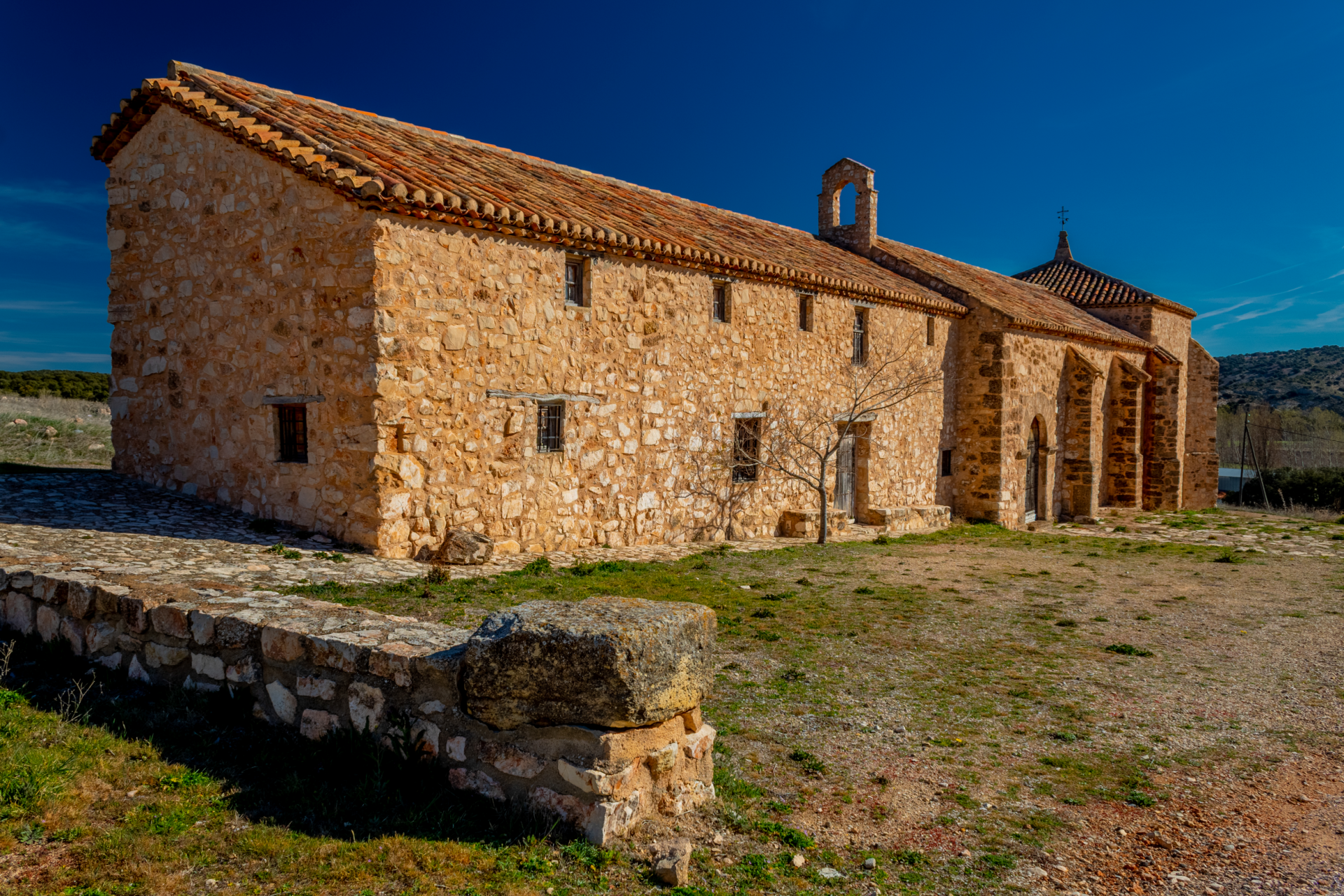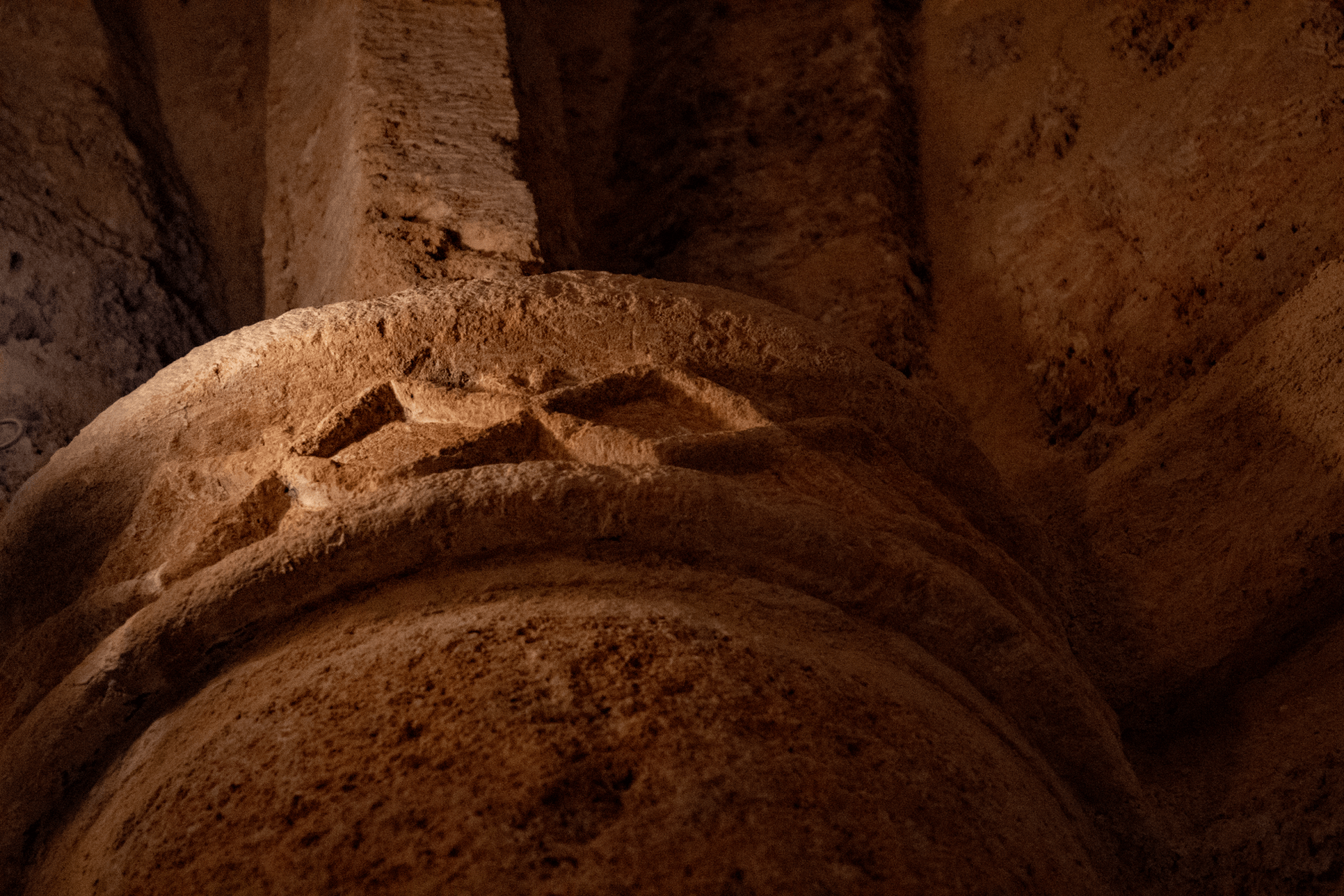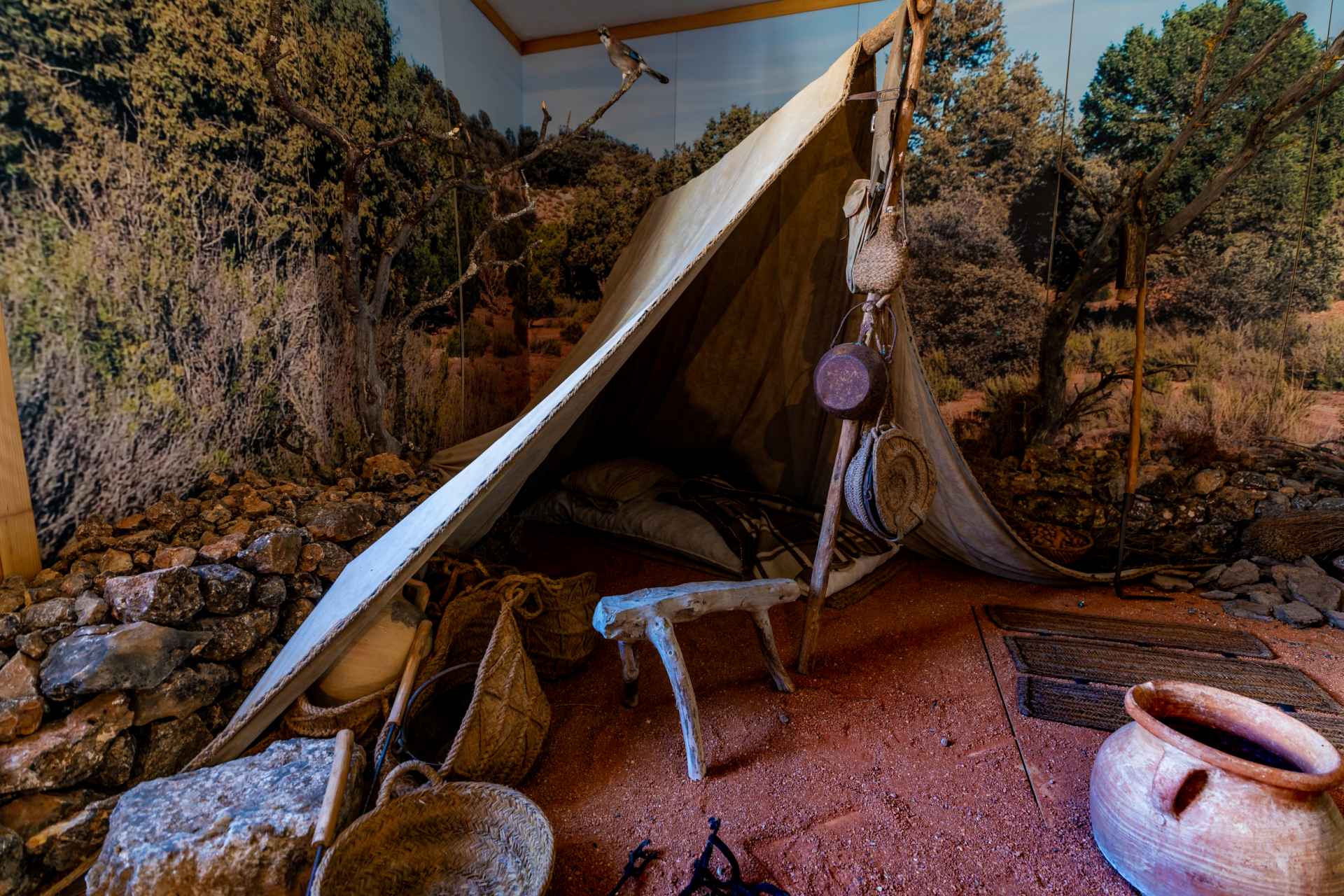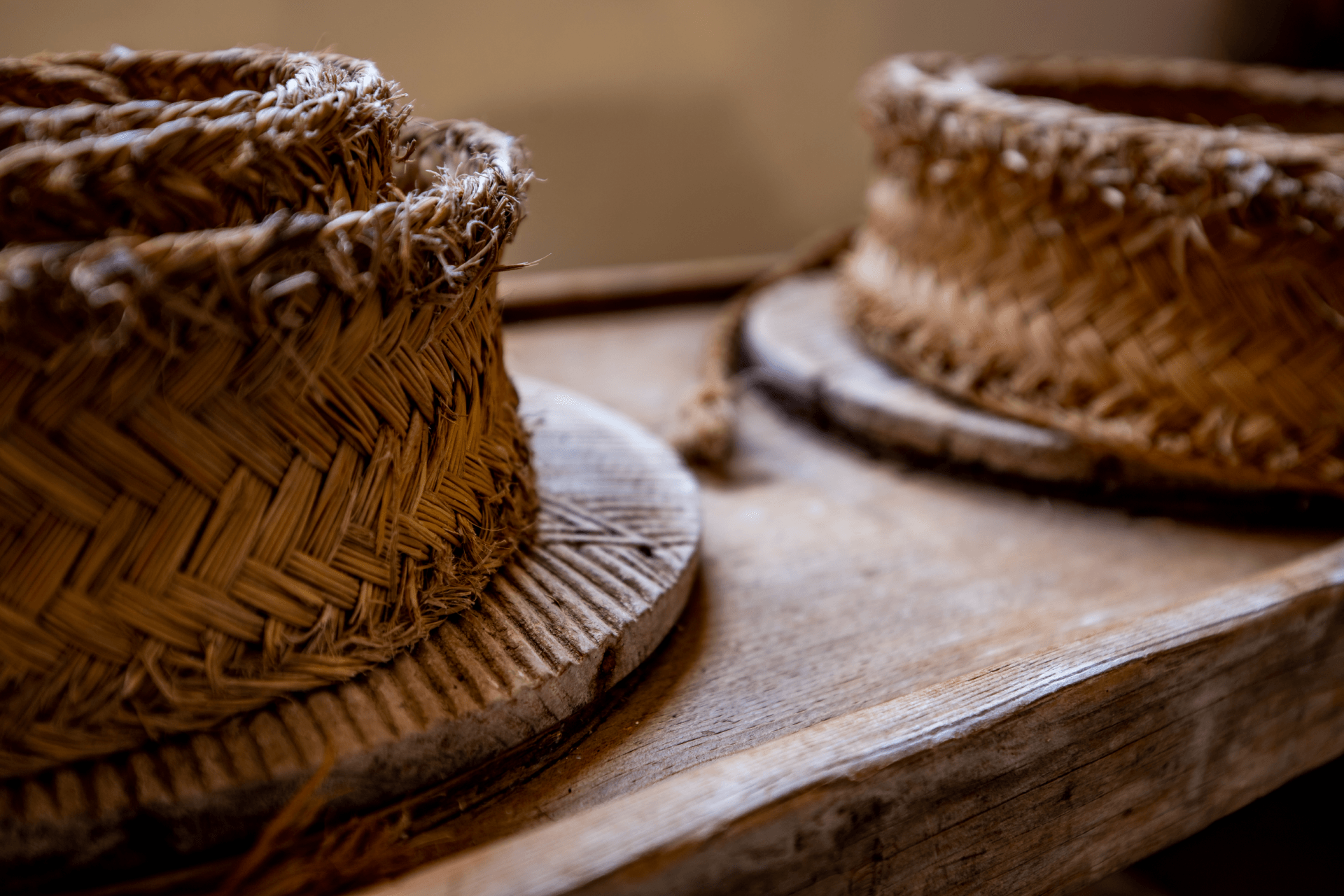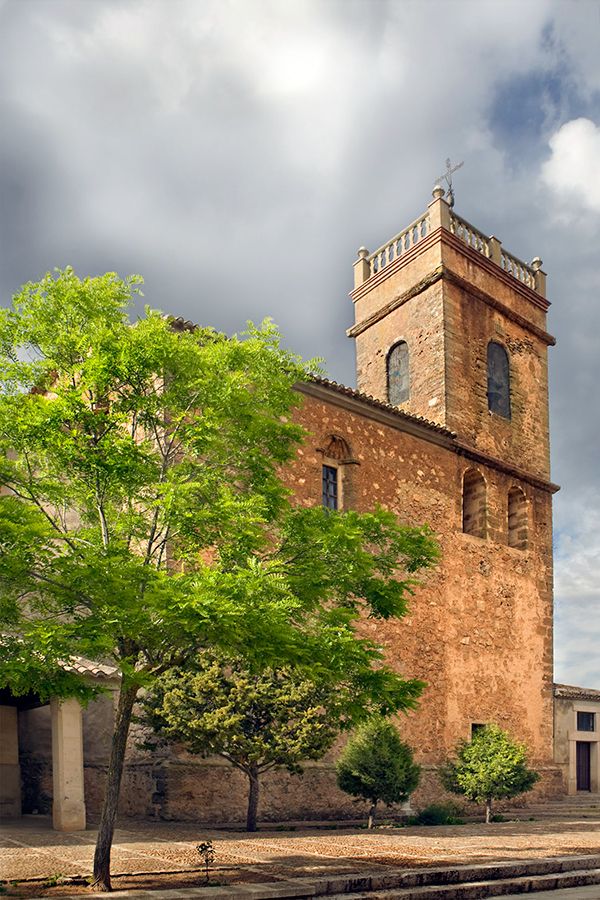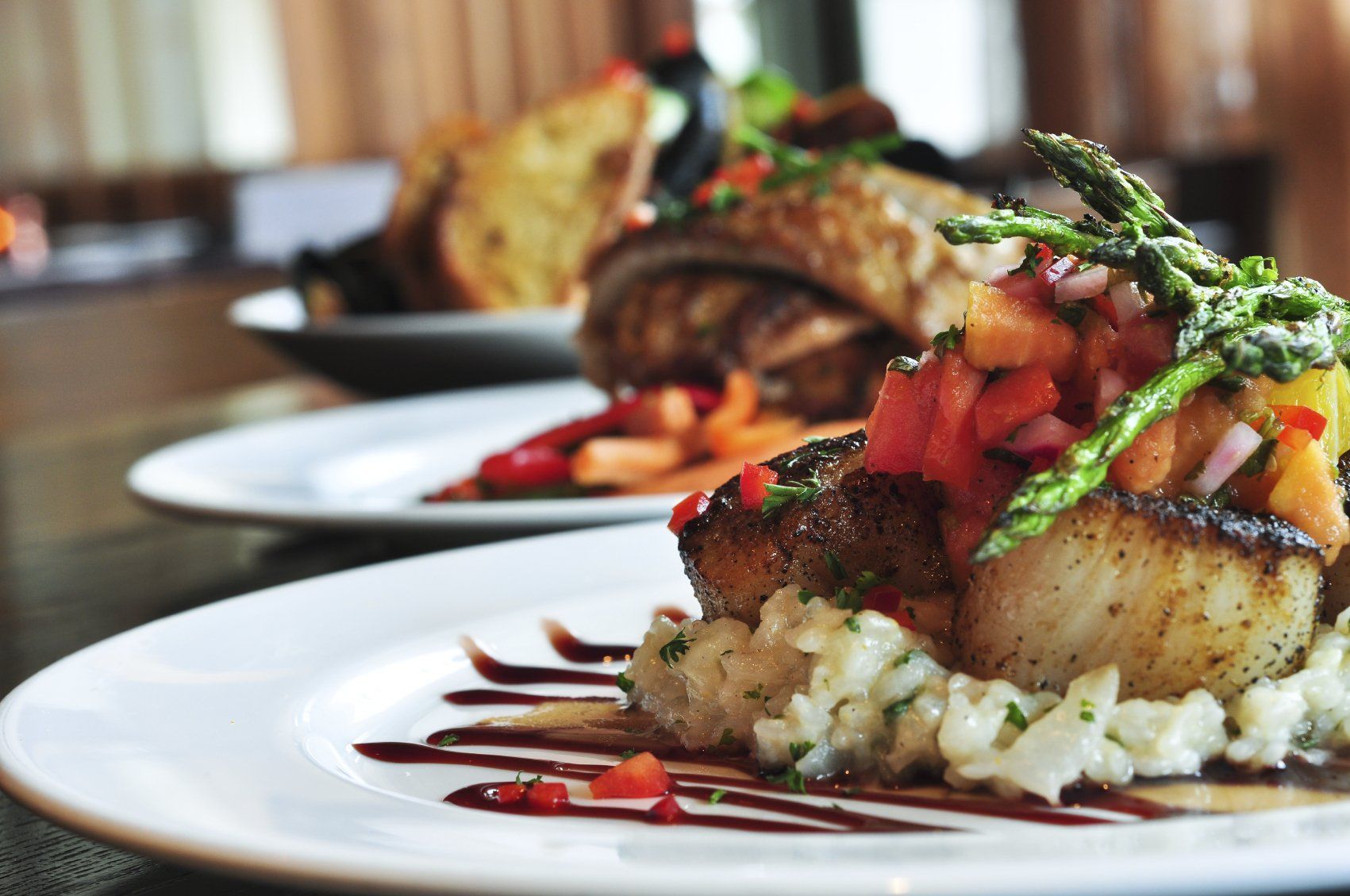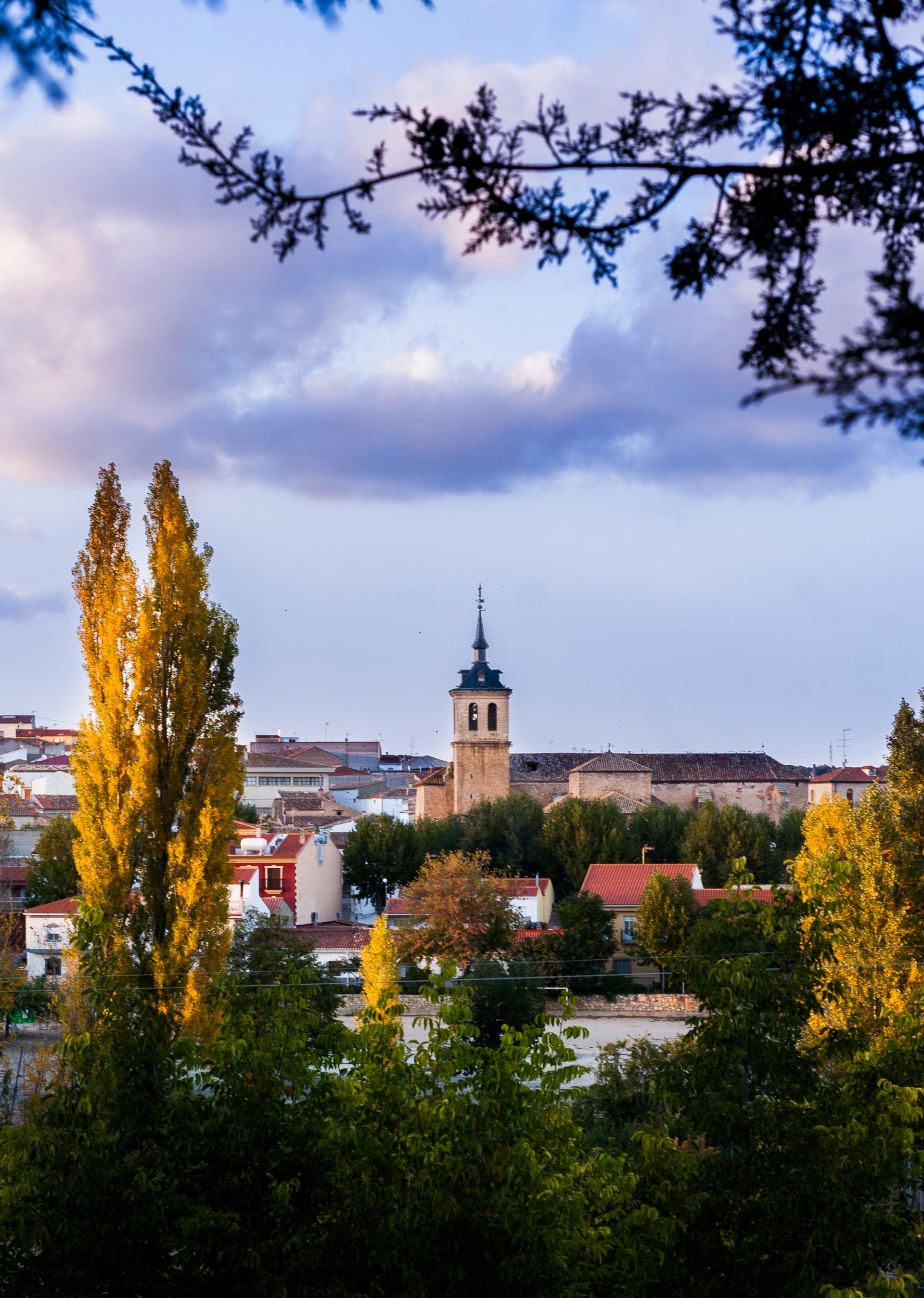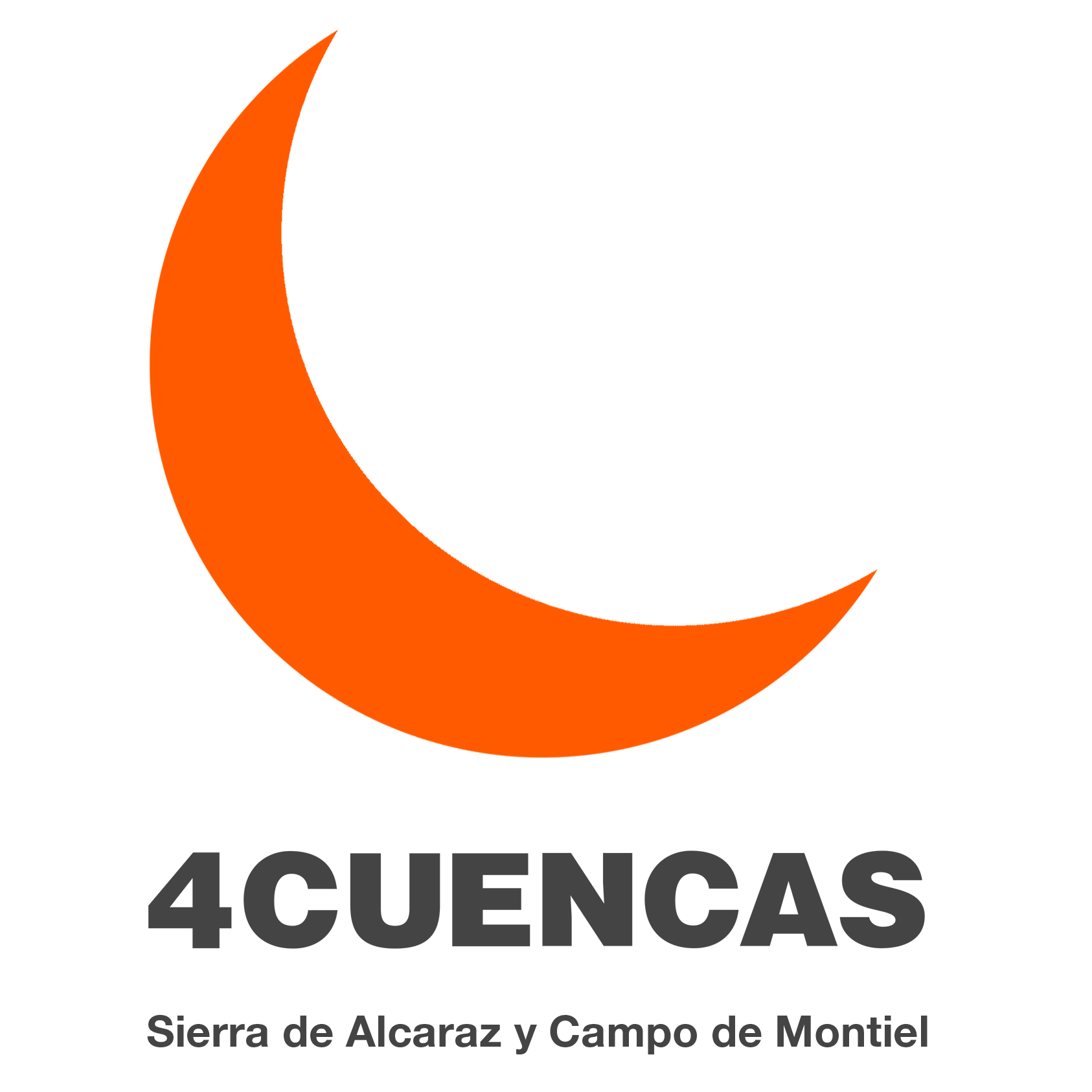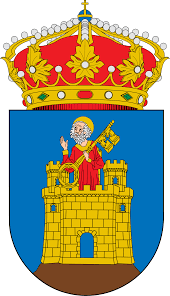El Ballestero

The Village
The municipality of El Ballestero has a surface area of 138 km² and is located in the easternmost part of Campo de Montiel, in the west of the province of Albacete. El Ballestero currently has a population of approximately 400 inhabitants.
The characteristic landscape of this area is shaped by the presence of large treeless extensions of flat or undulating land dedicated to cereal cultivation or grazing, constituting a habitat of great importance for steppe birds. This high plateau reaches average altitudes of 1,000 metres in the municipality, in the intermediate step between La Mancha and the Sierra de Alcaraz.
In El Ballestero and, in general, in the province, meals made with the trophies obtained from a day's hunting, hare, partridge and the like, are typical. One of the most typical and important dishes made in this way in the region is the 'torta de pastores' (shepherds' cake), which was originally made in a laborious style in which a flour cake is baked in the embers of the fire.
Things to See
El Ballestero offers visitors both heritage and natural resources. On the heritage side, the Hermitage of Villalgordo and the Church of San Lorenzo, buildings from the 13th and 16th centuries respectively, stand out. Also important is the Ethnographic Museum and Nature Classroom of El Ballestero, where there is a section dedicated to the Shepherd's Museum.
Given the natural wealth that the municipality has, there is the possibility of traveling its entire length in different hiking or biking routes. You can make routes to visit its ravines, walk through its mountains of juniper, holm oak and oak enjoying the scenery, listening to the sounds of native wildlife surrounded by the scent of rosemary and thyme. In these routes you can perfectly see several native species, some of great beauty such as bustards. An example of this is the Ruta Zona Esteparia de El Bonillo.
Festivities
The first festival of the year celebrated in El Ballestero is Easter in May, on Pentecost Sunday, forty days after Easter Sunday. On Sunday, the patron saint, the Virgen de la Encarnación, is taken on a pilgrimage to the Villalgordo hermitage. Once there, there is a traditional meal based on lamb meat, to which the whole village is invited.
On 10 August the festivities in honour of the patron saint of the municipality, San Lorenzo, are celebrated. This is the end of the cultural summer programme in the village, where summer cinema, theatre performances, etc. are held. On 29 September, the fiestas of San Miguel are also held. The Virgin has been in Villalgordo since Easter in May, and it is now that she returns to the village church. A pilgrimage is held to move her, having regained strength with a meal just like the one at Easter in Villalgordo.
One of the oldest traditions in the province of Albacete is found in El Ballestero. Every 28 December, according to tradition, El Blanco has been going through the streets every year since the 16th century. It consists of a villager dressed in a white tunic and bonnet who goes from house to house collecting donations for the church. The people who participate usually do so for promises or thanks to the Virgin.
Shepherd's Museum
In the Ethnographic Museum and Nature classroom of El Ballestero there is a section dedicated to the Shepherd's Museum.
Inside the nature classroom there is a realistic recreation of a shepherds' tent with all the utensils related to shepherding. Another room shows several explanatory panels about shepherds and some of their skills, with photos, explaining cheese making, making shepherds' cakes, working the roots of the field and wood, cooking a "salon", working esparto grass. In an open-air courtyard there is a shepherds' tent made of branches and sticks, made by several local shepherds.
The museum also houses several rooms with antiques from an Abacería, a cabinetmaker's shop, the Casa del Aniaguero, where one of the rooms exhibits photos and furniture from the Garví family, ending the tour in the Corrales (belonging to the agricultural and livestock elites of the 19th century).
Villalgordo Hermitage
Villalgordo Ermitage is one of the first parishes founded in the area after the conquest of Alcaraz by Alfonso VIII, and is one of the oldest architectural remains in the province of Albacete. From Pentecost Sunday until the last Saturday in September. The Virgin of the Incarnation remains there until she is taken to the church of Sna Lorenzo Mártir, in El Ballestero.
The Villalgordo Hermitage has a single nave divided into four sections by pointed arches, three of these arches support the wooden gabled roof, the last of which is the presbytery with a ribbed vault. It is said to be the oldest standing vault in the province.




